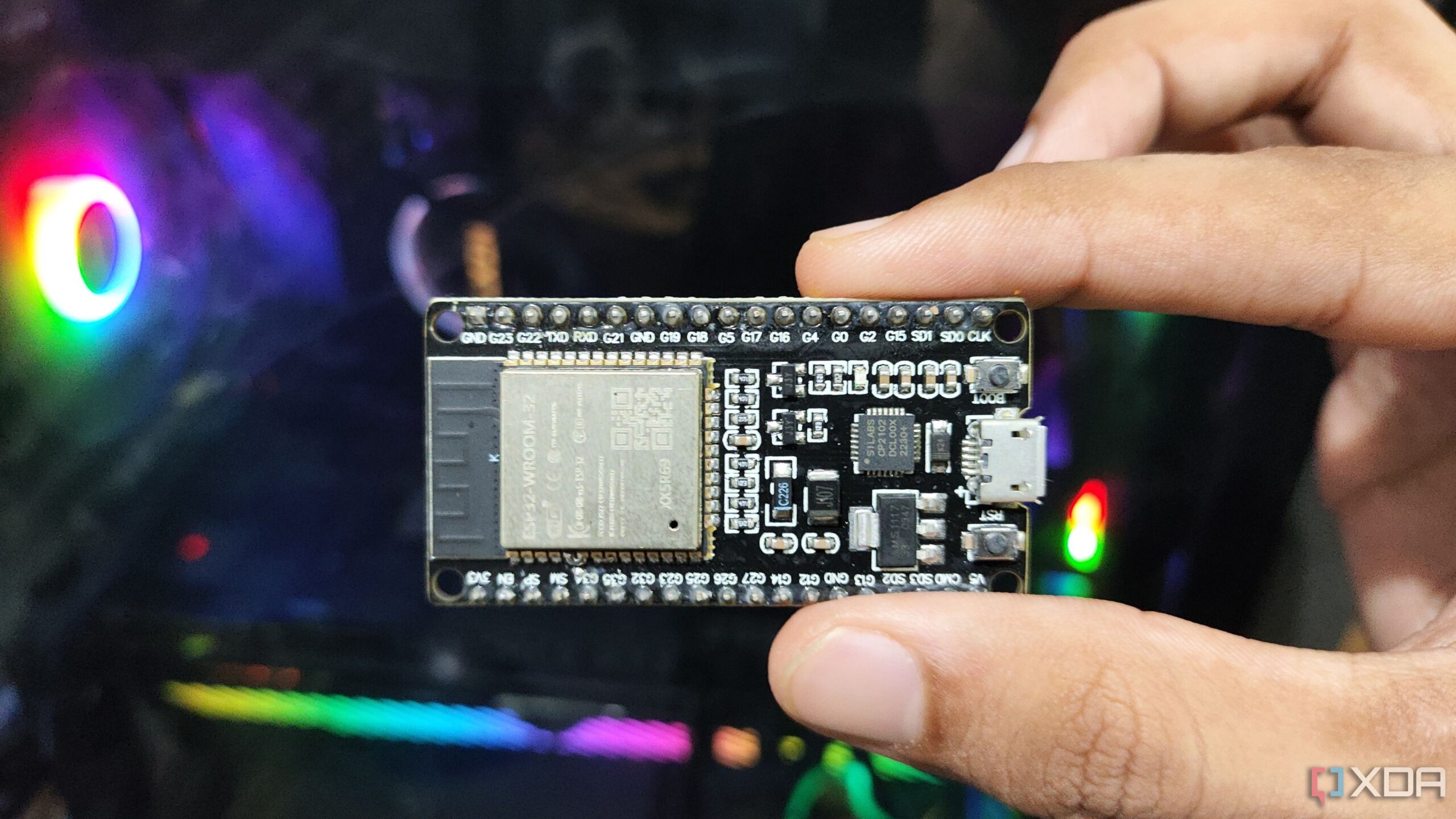UPDATE: A tech enthusiast has just transformed the ESP32-S3 microcontroller into an unconventional computer mouse, showcasing both incredible functionality and surprising impracticality. This innovative project highlights the creative potential of $5 microcontrollers while raising questions about usability in everyday computing tasks.
The project, recently revealed by the inventor, utilizes the ESP32-S3’s USB On The Go (OTG) support to create a working mouse that connects directly to Windows devices. In a demonstration, the creator attached a simple joystick to the ESP32-S3 and implemented a straightforward Arduino sketch, enabling fluid control over the computer interface that most users could only dream of achieving.
“I know you’re probably asking: Why?” the inventor shared. “The answer is simple: Because I can.” This endeavor not only showcased technical prowess but also raised eyebrows regarding the necessity of such a contraption. With the ESP32-S3’s ability to impersonate a USB Human Interface Device (HID), it was seamlessly recognized by Windows, eliminating the need for cumbersome drivers.
The setup involves a basic joystick module wired to GPIO 8 for horizontal movement, GPIO 18 for vertical movement, and GPIO 17 for the click action. The creator was astonished by the results: “It works. It clicks, it moves, and boy, is it the most impractical way I’ve ever used a computer.” While it functions adequately for casual tasks, the inventor warns that it is far from suitable for competitive gaming.
Despite its functionality, the project illuminates the importance of ergonomic design and precision technology in modern mice. The joystick’s inherent limitations led to issues such as drifting and inaccurate movement, turning precise tasks into frustrating challenges. “You’ll keep discovering new problems that make you question the point of this entire exercise,” the creator noted, reflecting on the learning experience.
To mitigate these challenges, the inventor implemented several coding adjustments, such as defining a DEADZONE value to filter out minor stick noise and establishing a speed curve to improve responsiveness. These refinements made the mouse somewhat usable, but the creator emphasized that a proper housing and calibration features would be essential for practical use.
“This project taught me about USB HID, signal filtering, and the engineering intricacies behind a simple mouse or joystick,” the inventor stated. “Would I recommend using it as a mouse emulator? Absolutely not. But as a weekend project? For sure!”
As for what’s next, the inventor is considering adding advanced features like on-device calibration, acceleration curves, and even gesture control through an IMU. However, after this unique experience, the creator is eager to return to traditional mice, humorously dubbing the project an “abomination.”
This inventive experiment not only captures the essence of DIY tech culture but also serves as a reminder of how much engineering goes into the devices we often take for granted. With the tech community continually pushing the boundaries of creativity, who knows what inventive solutions will emerge next?




































































